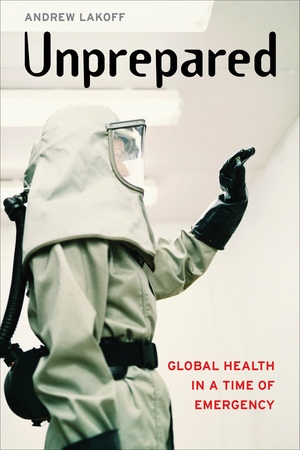COVID-19 and risks to the supply and quality of tests, drugs, and vaccines
Virtual health care in the era of COVID-19
Daily briefing: This is the state of COVID-19 vaccine development now
Disease Control, Civil Liberties, and Mass Testing — Calibrating Restrictions during the Covid-19 Pandemic
Thousands of coronavirus tests are going unused in US labs
Selected links on COVID-19.
From NEJM
Consider, for example, a policy in which people seeking to return to work, school, or social activities are asked to undergo baseline testing for infection and antibodies. Positive tests for infection would trigger self-isolation. Negative tests would certify freedom of movement for a defined period — say, 2 or 3 weeks — after which additional negative tests would renew the certification. If antibodies are determined to provide long-term protection against both reinfection and transmission — which is plausible but not yet established — a positive serologic test would warrant longer-term certification.And...if antibodies and infection are negative? What do you do? And... if this affects to 85% of population?. As is the case of Heinberg in Germany?
Aggregating test results at community and state levels would support a reliable disease-surveillance system. A testing regimen’s stringency could then be dialed up or down, depending on community prevalence of Covid-19. China is following a version of this approach by grading community risk on a four-tier, color-coded scale.
I would like to highlight the last one, how spply and demand for lab test doesn't match, in US and elsewhere...








